Was J.R.R. Tolkien in an authentic archaeological piece to conceive that Unique Ring that is the leiv motiv of his novels? He never said anything about it, so it's impossible to know for sure.
However, in 1929, that is, eight years before writing the first book in which the object appears, The Hobbit (the other, The Lord of the Rings , would not arrive until 1954), the South African writer was asked about a strange ring found in England that had an inscription inside with a curse:the so-called Vyne ring .
Of course, it is clear that Tolkien must have been influenced more; here we dedicate an article to the legend of the ring of Gyges, which Plato collected in The Republic . There are others -although he denies it in some letters- such as the medieval work The Song of the Nibelungs , an epic poem from the 13th century that collected Germanic legends mixing history and fiction, and of which Richard Wagner made an operatic musical version Der Ring des Nibelungen (The Ring of the Nibelung), synthesizing different elements recorded in the Icelandic sagas.
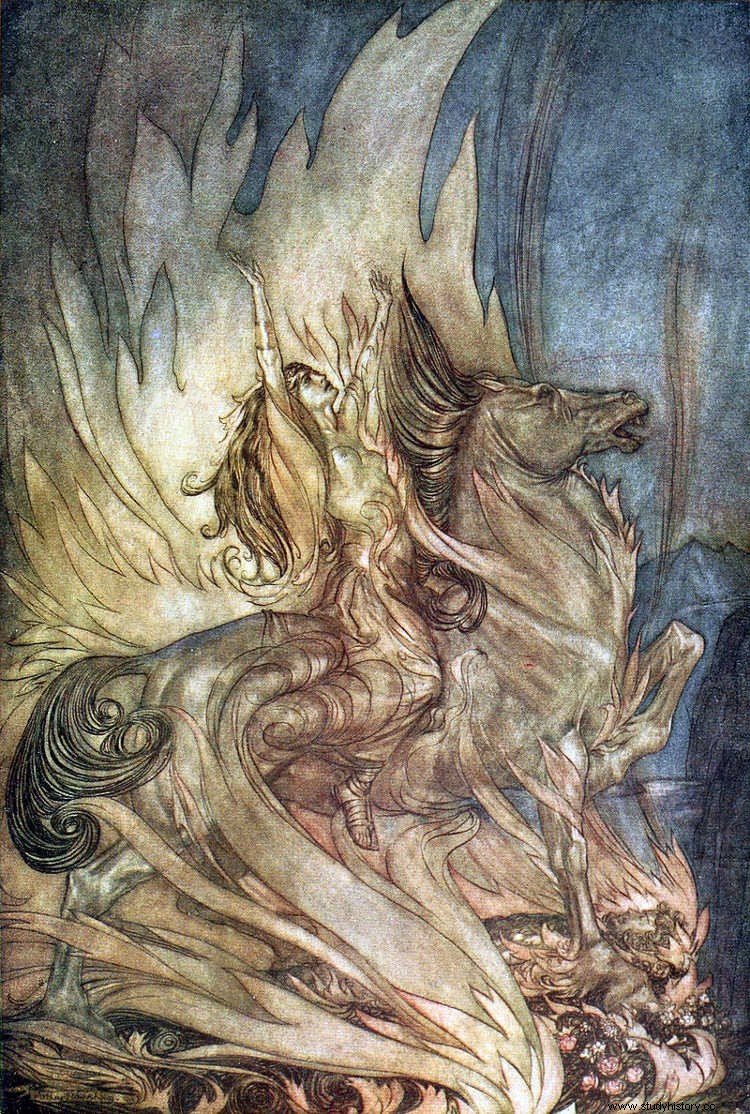
In those mythological cycles the Andvarinaut played a fundamental role. , a magical ring that owed its name to its original owner, the dwarf Andvari (who in turn had concomitance with Gollum, living under a waterfall and with the ability to transform into a fish), and that passed from hand to hand carrying misfortune whoever owned it.
The interesting thing about the Vyne is that it would be the first tangible, non-literary inspiration. It all began with a visit from Sir Mortimer Wheeler in the year cited to request his help. Anyone who has studied archeology knows who Wheeler was:one of its most outstanding representatives of the 20th century, the creator of the stratigraphic excavation technique -the one used today- dividing the land into quadrants and recording each find in its corresponding geological stratum to date it properly.
Well, Wheeler was at the forefront of the excavations carried out in the 1920s at the archaeological site of Lidney Park, a district of Gloucestershire where a 17th-century estate important enough to have passed through the hands was located. of the treasurer of Queen Anne Stuart and the Viscount of Bledisloe, for example, as well as later serving to house the Dutch royal family when they took refuge in England during World War II.
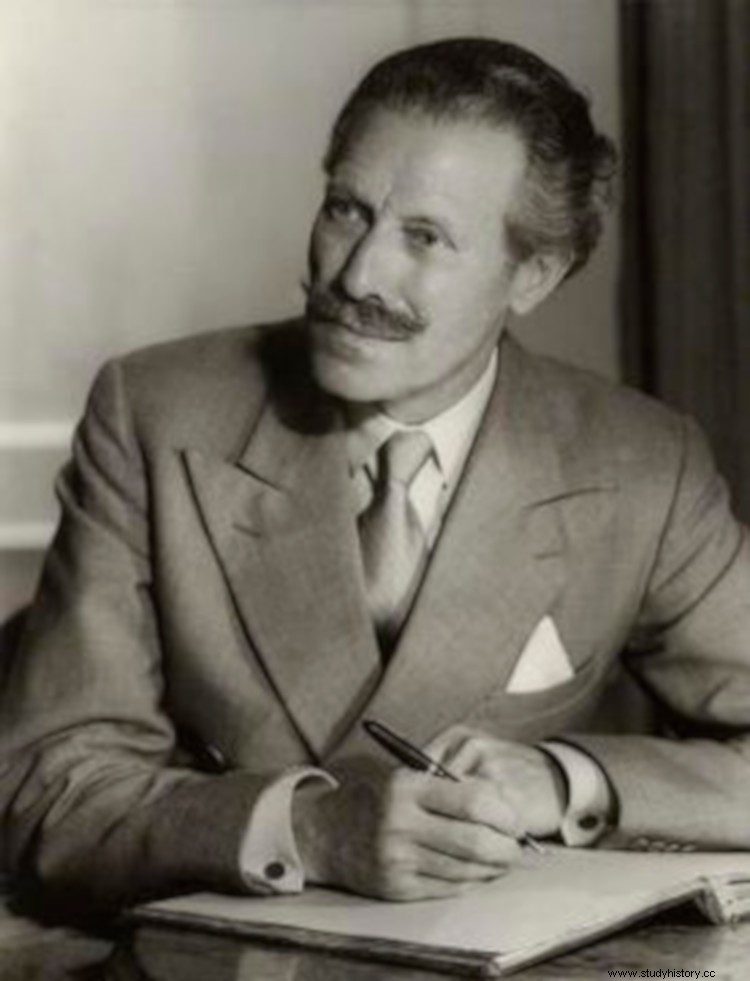
But in addition to this hacienda, there was also a two-hectare hill, located on the edge of a cliff and crowned by an Iron Age fort along with the remains of an Iron Age mine that the Romans exploited, both in the open and with galleries, until the 4th century AD.
They also built a temple in honor of Nodens, a Celtic divinity, especially worshiped in Britain and related to the later cult of two island semi-divine kings, the Irish Nuada Airgetlamh and the Welsh Gwyn ap Nudd (also called Lludd, from which the local place name derives, Lidney).
Well, when excavating among the architectural ruins, the temple, a hostel for pilgrims, some baths and a perimeter archway came to light, of which little remains because the complex collapsed due to poor foundations, as well as nine sculptures of dogs (animal associated with Nodens and indicating that it would be an Asclepeion, a sanctuary dedicated to medical healing through the interpretation of dreams, as indicated by an inscription alluding to that art practiced by a certain Victorino the Interpreter ), a mosaic with fish (Nodens was also a lord of the sea), bronze objects, fibulae, coins, bracelets, etc.
The ring had been found a century and a half earlier, in 1785, a hundred and a half kilometers away. He was buried in a farm field in Silchester, County Hamphshire (in which the coastal cities of Portsmouth and Southampton are located), one of the most Romanized regions of antiquity. In fact, the inscription engraved on it indicated that its owner was a Briton-Roman named Silvian; the name by which it is known today referred to the Chute family, who acquired it and kept it on their estate The Vyne (Although it currently belongs to the National Trust, the British version of National Heritage).
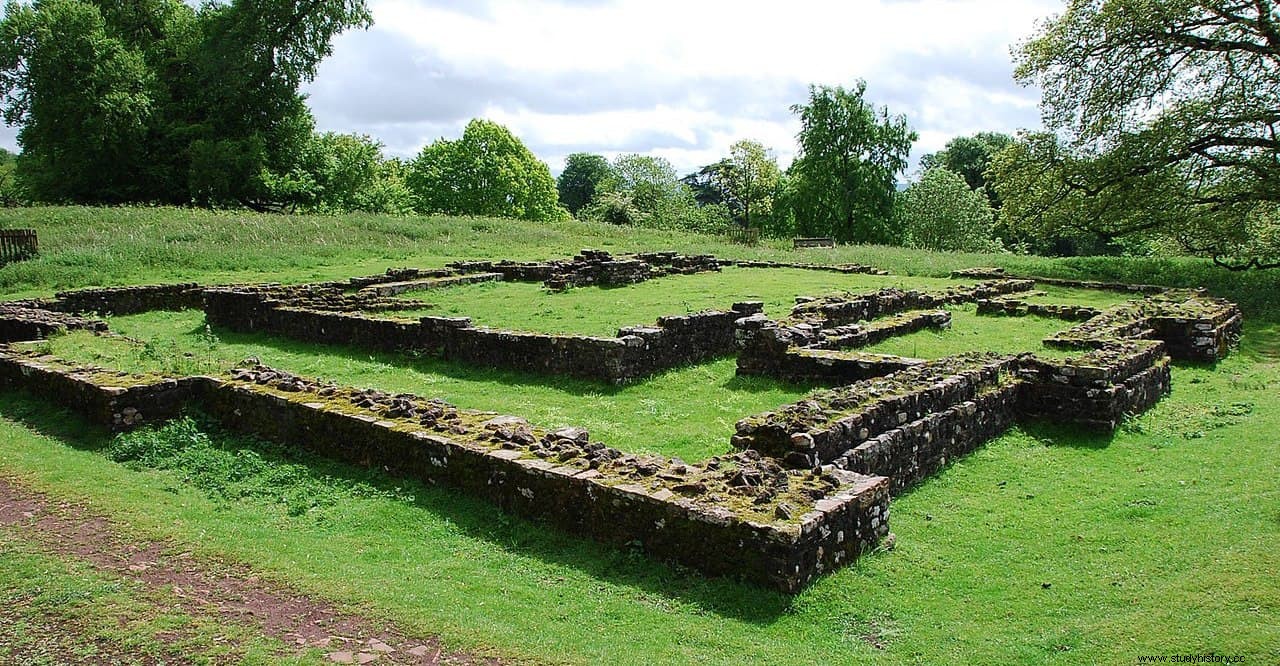
The ring is slightly larger than normal because it was probably designed to be worn on a gloved finger:it measures twenty-five millimeters in diameter and weighs twelve grams. The ring is falsely circular, as it is actually made up of ten flat facets, one of which is topped by a square with the bevel-engraved image of the goddess Venus flanked by the initials VE and NS in a mirror image (that is, written upside down, so that when pressing with the ring on a sealing wax or clay seal they would be printed correctly). On the outside of the ring is the phrase SENICIANE VIVAS IIN DE , which duly corrected (repeats the letter I and lacks the final O due to lack of space), means "Senetian, may you live in God" .
Why Seneciano if its owner was Silviano? Apparently because Seneciano stole it and gave it his own name. This is demonstrated by the discovery in Lidney, at the beginning of the 19th century, of a defixio lead with Latin inscription DEVO NODENTI SILVIANVS ANILVM PERDEDIT DEMEDIAM PARTEM DONAVIT NODENTI INTER QVIBVS/NOMEN SENICIANI NOLLIS PETMITTAS SANITATEM DONEC PERFERA VSQVE TEMPLVM DENTIS , which means “To the god Nodens. Silviano has lost a ring and will donate half [of its value] a Nodens. Those who are called Senetian, do not let them enjoy good health until they return the ring to the temple of Nodens.
It is a curse tablet, a common system in the classical Greco-Roman world to take revenge on someone by appealing to the gods -normally related to the underworld- to curse him. They used to be written on plates of wax, clay or wood, very flimsy materials to last so long, that is why most of those preserved, as in this case, are on very thin sheets of lead that were then rolled or folded, then buried ( or throwing themselves into wells or nailing themselves to walls); Sometimes they were associated with dolls with nail incisions, as in voodoo, and there was a version for the opposite, that is, to ask for love, help the deceased, etc.
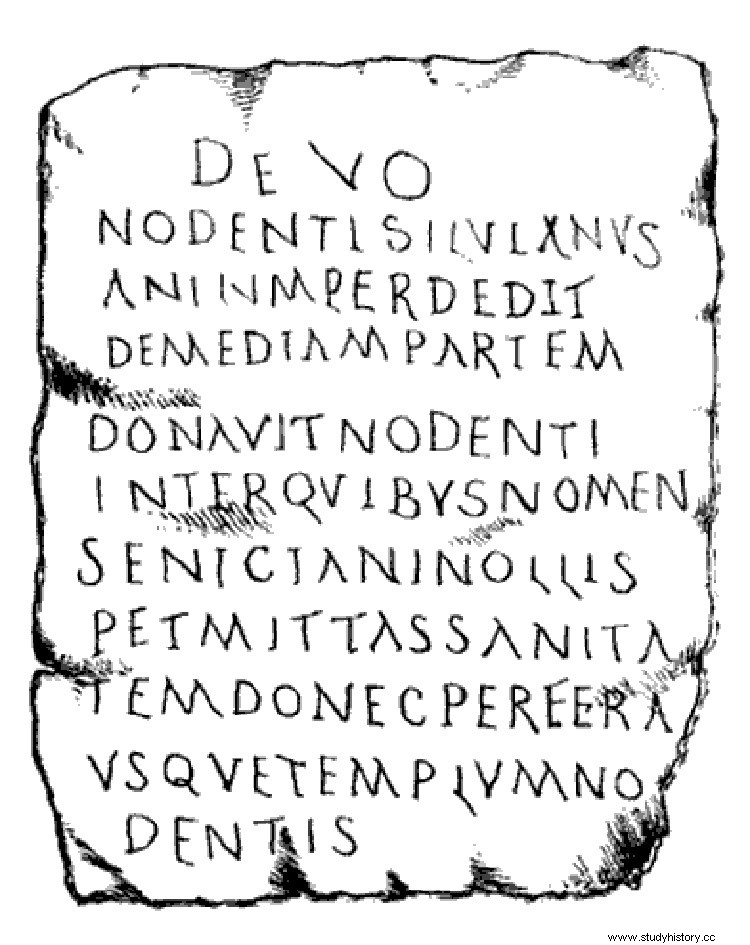
The fact is that Wheeler, who dated the complex to the year 364 AD, was able to see the relationship between the Senetian of the ring and the one of the defixio , and as he found more plaques with invocations to Nodens he decided to consult the details about the name of this god with Tolkien.
He had not yet been launched into the literary world but he enjoyed unquestionable intellectual prestige, since he was a philologist, lexicographer and professor of Anglo-Saxon at Pembroke College of the University of Oxford, having collaborated on the first edition of the Oxford English Dictionary focusing on the etymology of English words of Germanic and Norse origin.
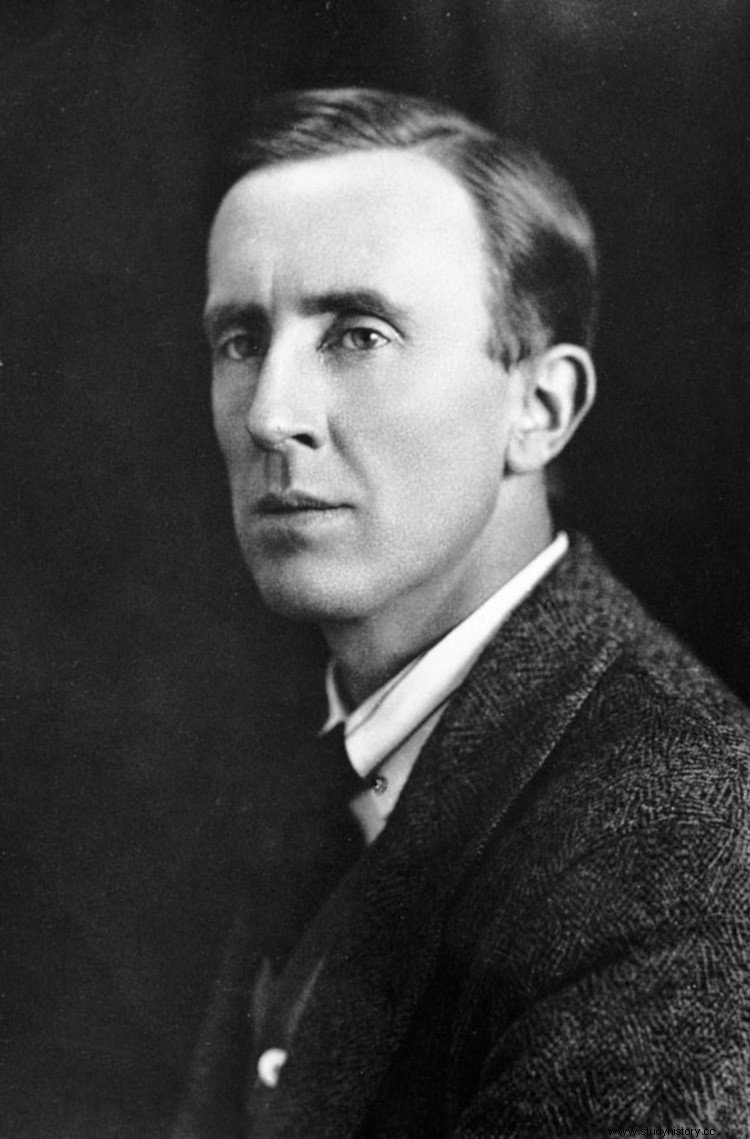
Tolkien conducted research on the matter, the fruit of which was the essay entitled The name Nodens (The name Nodens ), which he published in 1932 as an appendix to the report on the excavations at Lidney Park. In it he believed that it was a word of Germanic origin and established the relationship, mentioned before, with Nuada Airgetlamh and Gwyn ap Nudd.
Did all this influence your Middle-earth saga? There are more things that point in this direction, such as the folkloric legends that arose around the ruins of Lidney Park, which said that they were inhabited by dwarfs, goblins and other small beings.
The very elevation on which the asclepeion stood Nodens was known as Dwarf's Hill, and in 2013 the Tolkien Society held an exhibition there, including the Vyne Ring, a reproduction of the Nodens Curse Tablet, and a first edition of The Hobbit, among other pieces. , apart from setting up a thematic play field nearby.
